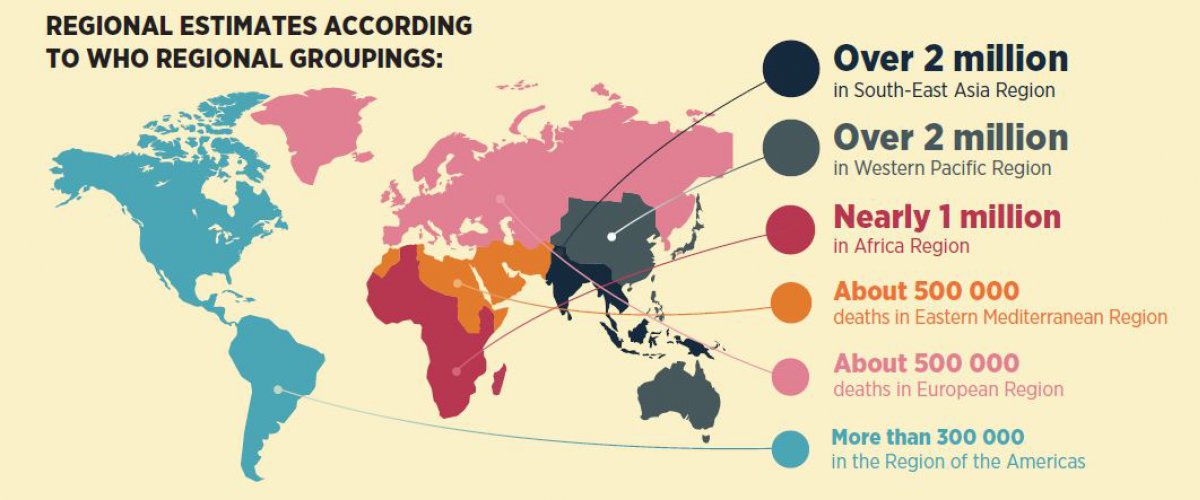The world is buzzing with recent research and awareness of the dangerous properties and global effects of methane gas - its loss, reach, and impact. Let’s explore the top 3 important methane arenas.
Dangerous Greenhouse Gas: Methane is currently the third most prevalent greenhouse gas after carbon dioxide and water vapor. Since it is a more potent greenhouse gas than carbon dioxide, methane emissions will leap as Earth warms. (Princeton University, ScienceDaily, 27 March 2014). Additionally, methane as the main ingredient of natural gas, is a potent greenhouse gas that has more than 80 times the warming impact of carbon dioxide over the first 20 years after its release. The methane lost to leakage is worth an estimated $2 billion, according to the Environmental Defense Fund, enough to heat 10 million homes in the U.S. (University of Colorado Boulder, 21 June, 2018).
Home Hazard: Since the natural gas delivered to your home is 85 to 95 percent methane, natural gas leaks are predominantly methane. While methane poses the greatest threat to the climate because of its greenhouse gas potency, natural gas contains other hydrocarbons that can degrade regional air quality and are bad for human health (CNBC, 2018: The US Natural Gas Industry Leaking Way More Methane Than Ever Before).
Oil & Gas Industry: The U.S. oil and gas industry emits 13 million metric tons of the potent greenhouse gas methane from its operations each year, 60 percent more than estimated by the U.S. Environmental Protection Agency (EDF.org). Researchers found most of the emissions came from leaks, equipment malfunctions and other "abnormal" operating conditions. The climate impact of these leaks in 2015 was roughly the same as the climate impact of carbon dioxide emissions from all U.S. coal-fired power plants operating in 2015. (University of Colorado Boulder, 21 June, 2018). Additionally, global oil and gas industries allow as much as 3.6 trillion cubic feet of natural gas — and almost certainly far more — to escape into the atmosphere annually. The leakage rate represents at least $30 billion in lost revenues (Forbes.com, 2015).
Solution: "Natural gas emissions can, in fact, be significantly reduced if properly monitored," said Colm Sweeney, an atmospheric scientist in NOAA's Global Monitoring Division. "Identifying the biggest leakers could substantially reduce emissions that we have measured."
Enter the THzDC QuiC SLED™.
Science confirms methane is a problem that requires urgent attention, and our methane-tuned mid-IR LED (the methane QuiC SLED™) can be a driving force in assisting home and industry systems to monitor and mitigate methane gas emissions.
* Contact us today to learn more about how our methane LED can be instrumental in your solutions.


